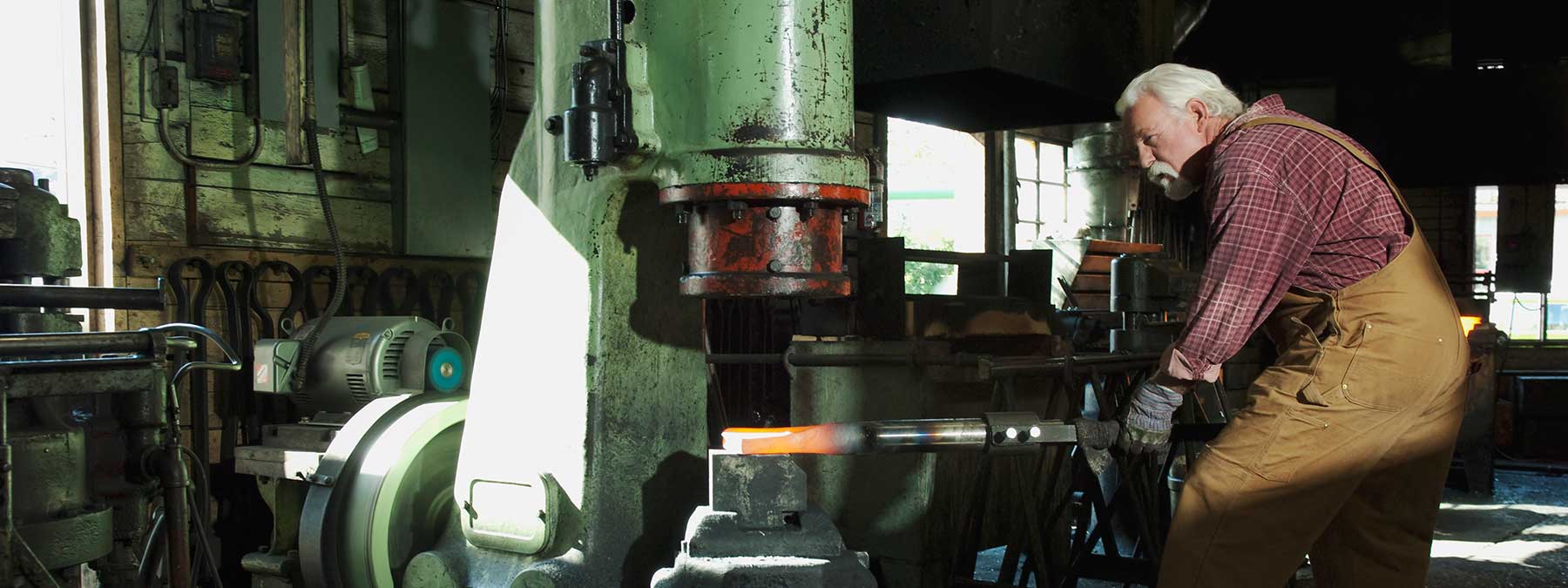Ototoxicity and The Risk of Chemical Exposure Related to Hearing Loss

While noise is the single greatest cause of occupational hearing loss, other components that can affect healthy hearing often fly under the radar of unsuspecting employees and, in some cases, business owners who aren’t fully aware of the dangers that some toxins represent to workers. Chemicals, metals, solvents, asphyxiants, and heat may play a larger role in hearing loss than some industries care to admit, and often these dangers are exacerbated by the presence of consistently loud noise. Chemicals and other drugs that are known to cause hearing loss are referred to as ototoxic.
Chemical-induced hearing loss (CIHL) is not commonly identified as a cause of significant hearing threshold shift, and in many cases, individuals who experience this type of hearing loss do not know or remember the name of the chemical that they’ve been exposed to — and with more than 750 different groups of chemicals labeled as potentially toxic to hearing, odds are slim that healthcare providers would be able to identify the ototoxic product. Few chemicals have been studied in-depth,
but characteristics of hearing loss via ototoxic exposure are common among relative diagnoses: irreversible hearing loss affecting specific frequencies (3,000 to 6,000 Hz) and some damage to the cochlea occurring bilaterally. Both animal experiments and human studies suggest that exposure to specific chemicals causes damage to the hearing and balance functions of the ear.
Ototoxins can cause mild to severe hearing loss, tinnitus, or total deafness once absorbed by the body. They can be ingested, inhaled, or absorbed through the skin and can damage the auditory nerve or hair cells in the cochlea (similar to how noise-induced hearing loss damages hair cells); can create lesions in auditory pathways; and can lead to sensorineural hearing loss. Organic solvents are the most commonly identified ototoxic chemicals, but the hearing frequencies affected by exposure to these chemicals are different from those that are affected by noise. However, some solvents may interact with noise, and when not at permissible exposure levels, that impact can have greater effects than exposure to either chemicals or noise alone. Noise elevates blood flow in the inner ear, which appears in some cases to act as a vehicle for introduction of chemicals into all structures of the ear. And the list of chemical agents in the form of gases, paints, metals, and pesticides is impressive. High-priority ototoxins present immediate danger in certain elemental forms; toluene, xylene, styrene, n-hexane, trichloroethylene, carbon monoxide, and alcohols are all considered high priority, and workers should avoid exposure to any and all relative products.
Other chemicals associated with hearing loss are benzene, carbon disulfide, ethylbenzene, hydrogen cyanide, lead, and mercury; some of these are found in organic solvents that are widely used for a variety of projects. Many of the following are used in projects that present simultaneous noise and chemical hazards:
- Automotive and aviation fuels
- Plastics
- Paint thinners
- Lacquers
- Dyes
- Detergents
- Medicines
- Perfumes
- Fabric and paper coatings
- Printing inks
- Spray surface coatings
- Insect repellents
Boat building, various construction projects, firefighting, fueling vehicles/aircraft,
furniture making, manufacturing of metals/leathers/petroleum products, painting, printing, and firing weapons can all present dangerous situations in which chemicals are absorbed by the body while the ears are exposed to dangerous levels of noise. The initial effects of ototoxicity are tinnitus and balance problems that become more prevalent — particularly if no balance issues existed before — as well as general dizziness. Some of the ototoxic effects of chemicals can be difficult to determine in workers, as exposure sometimes occurs without noticing the exact solvent being used. Exposure can also involve a mixture of compositions and concentrations, which makes isolating exact chemicals more difficult. Pregnant women are also at great risk of exposing their child to harmful chemicals. During pregnancy, drugs such as Accutane, Dilantin, alcohol, and those used in chemotherapy can affect the fetus ototoxically. After birth, a child exposed to aminoglycoside antibiotics, diuretics, cisplatin, and others can experience the effects of ototoxicity.
Current occupational exposure limits and hearing conservation programs may not be adequate for chemical-exposed workers, as there are currently no workplace regulations regarding interaction between noise and ototoxins. Protecting workers from both CIHL and NIHL — and combinations of the two — should be a priority of labor unions and management, but employees can also take steps to ensure their safety by conducting a hearing loss and chemical exposure hazard assessment.
Safety and hearing health should be a priority, and that can be achieved through:
- Removing hazardous substances or noises from the workplace
- Use of less hazardous chemicals to perform duties
- Initiating steps to minimize exposure through inhalation, ingestion, skin absorption, and sound
- Adding ventilation, as well as skin, respiratory, and hearing protection
- Creating a hearing conservation program that considers and monitors the combined effects of exposure to solvents and noise
It is everyone’s duty to ensure the safety and hearing health of the local community. Some treatment methods can be limited in scope and effectiveness once too much damage has been done. Preservation and prevention is the best way to ensure healthy hearing.

